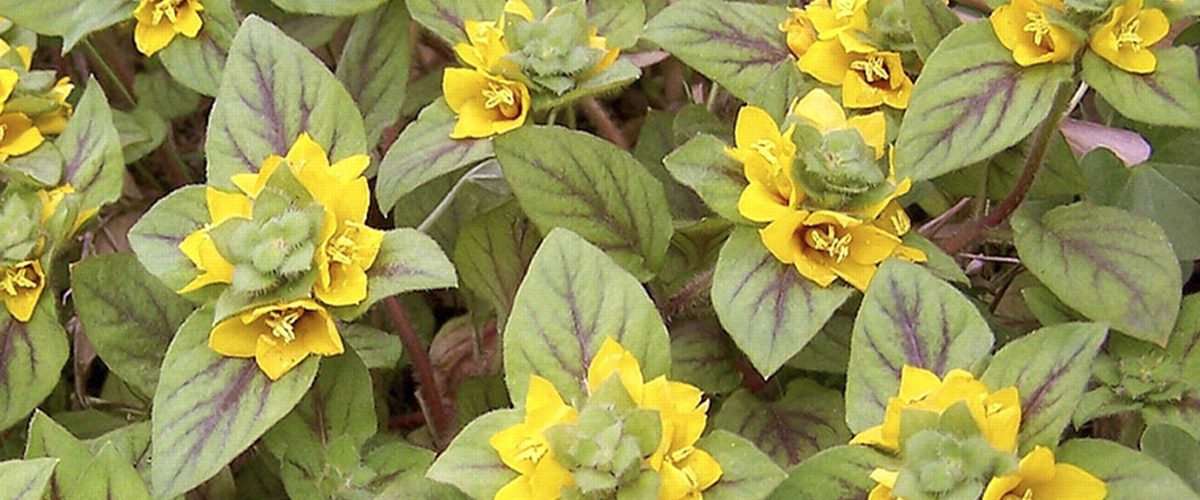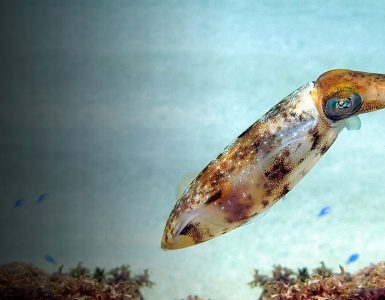Dalbergia congestiflora Pittier is a tree species generally known as Campinceran. Campinceran is a specialized wood that has showed cytotoxic activity against different diseases. Its heartwood is considered to have great beauty and is greatly valued in the global market due to its exceptional physical and mechanical properties for its use in the furniture industry and its resistance to fungal decay. Moreover, this tree is a recognized source of certain beneficial substances like pigments (neocandenatone) or the pterocarpan phytoalexin medicarpin. The neocandenatone is a purple pigment and its content of the wood was measured by Barragán et al. (1999)that was about 4.85% of its dry weight. Meanwhile, the prospective use of medicarpin is diverse because it has antifungal activity, sensitizes myeloid leukaemia cells to TRAIL-induced apoptosis and exhibit osteogenic properties.
It is indispensable to produce medicarpin through cell cultures instead of the heartwood of this rare tree. The cell suspensions were developed since the last century for the production of secondary metabolites of numerous plants but limited studies are available for the establishment of cell suspensions for trees. Obviously, the major advantage of cell suspension culture of campinceran is the probability to obtain its secondary metabolites, particularly (+)-Medicarpin, regardless of the climate, season, soil conditions, weather, optimization, and standardization of growing conditions.
Yue et al. (2016) stated that the culture of plant cells, organs and tissues provide an alternative way to produce appropriate secondary metabolites. Optimal callus development of numerous tree species has been attained in media with Naphthalene Acetic Acid (NAA) and kinetin for Taxusx media, NAA and benzylaminopurine (BAP) for Eucalyptus cinerea and NAA and BAP for Dalbergia sissoo Roxb.

Kessmann et al. (1990) stated that callus of tree species has been used to obtain secondary metabolites like taxol, thymol, or anthraquinones. The production of medicarpin in cell suspensions has only been studied in Medicago sativa and Cicer arietinum where the addition of elicitors is essential to attain optimal levels of this compound. Martínez-Sotres et al. (2012) claimed that only the (+)-Medicarpin has been recognized in the hexane extract from the heartwood of campincerán, therefore, it was considered that cell cultures of D. congestiflora can be a consistent source of (+)-Medicarpin. Novel research was carried out by the Hernández-García et al. (2021) and published in the Asian Journal of Plant Sciences to develop a well-organized protocol to establish callus and cell suspensions of D. congestiflora and the extraction and identification of the medicarpin. According to refreshers, an effective induction callus method, and cell suspension cultures were established for D. congestiflora by using leaf explants from shoot tip segments. Callus and cell suspension cultures of D. congestiflora provided a material for the production of (+)-Medicarpin. The researchers further observed that (+) – Medicarpin content and cell growth were higher at 16 days of cell suspension culture that is established as optimal production.
















Add comment